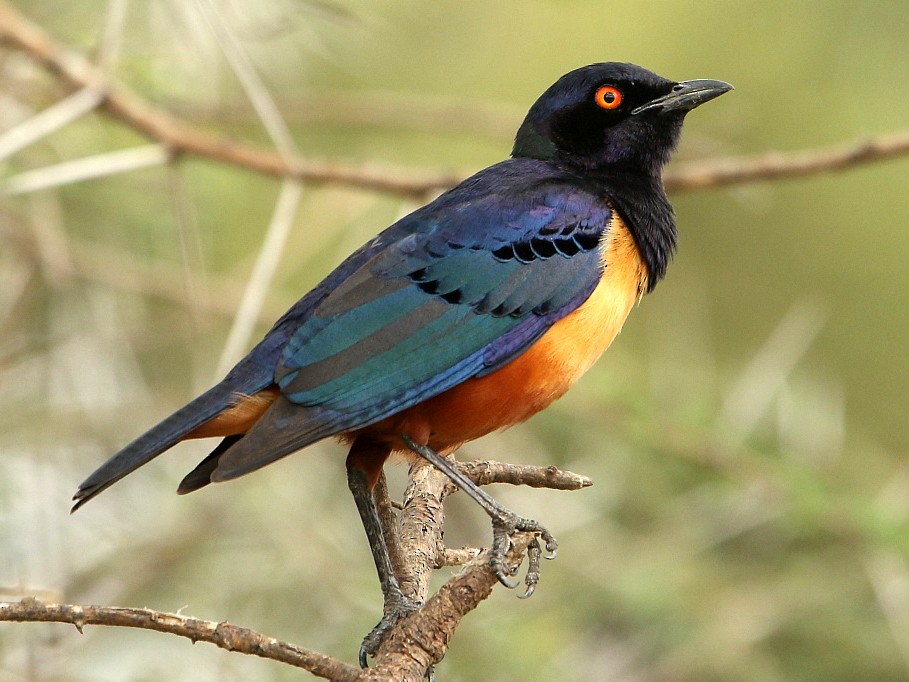For humans, communication is an essential aspect of all relationships. We talk to convey our feelings and thoughts, understand others, create and strengthen bonds, resolve conflicts, and collaborate and share ideas with the people around us.
But did you know that aside from humans, some animals can mimic human speech?
You may have already heard or watched a video of a parrot mimicking animals like cats meowing, dogs barking, and even the sound of objects like cell phones and car alarms precisely. Some may even say a few silly phrases, a whole sentence, or even sing.

These birds are experts in mimicry, reproducing sounds, songs, human language, and calls of other birds.
If you haven’t seen or watched parrots talking yet, here’s a video:
(You can turn on the captions)
It’s quite amazing, right?
But you may wonder how these birds can speak like humans so flawlessly.
Here’s how:
Before that, let’s first talk about how humans can produce sounds and talk.
We use our lungs, throat, voice box, tongue, and lips to speak. Air expelled from the lungs travels into the trachea, which is often called the windpipe.
Above the trachea is the larynx, also known as the voice box, which contains bands of tissue known as vocal folds or vocal cords.
As the air moves past our vocal folds, it vibrates and collides to produce a range of sounds. Our lips can be pressed together to produce sounds, and the teeth control the airflow out of the mouth to help form words.
Moreover, the movement of the tongue in the mouth produces the sounds.
But how about parrots?
Unlike humans, parrots don’t have a larynx (vocal cords), flexible mouth, and lips. Instead, they have a syrinx, which is a sound-producing organ that is similar to the larynx.
Their syrinx is located at the bottom of the trachea, where it splits into the lungs. This separate organ is what parrots use to speak human words.
They produce sounds using the muscles in their throat, which they can control to direct the airflow over the syrinx to make sounds.
Their syrinx also has vocal folds that vibrate separately, which allows parrots to accurately copy volume, pitch, word formation, and even accents.
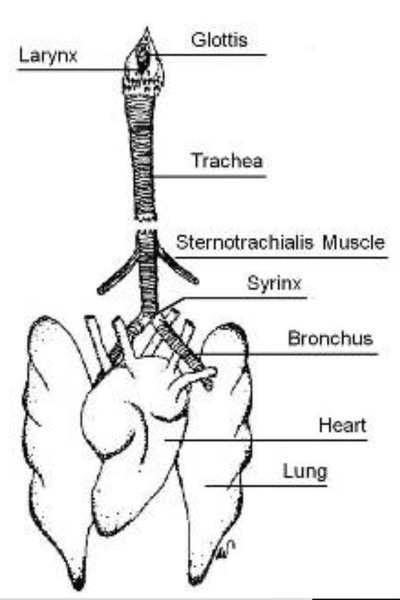
The sound then passes from the throat to the beak and is manipulated by the tongue. Parrots also move their flexible tongue forward and backward and adjust their beak to change the sound.
Another question you might ask is, “Do parrots understand what they’re saying?”
Unfortunately, no. It’s important to remember that parrots don’t understand what they’re saying. However, they can understand the context surrounding words and associate with them.
For example, if you repeat the word “seed” before giving your parrot some seed, it will associate the word and understand that hearing the word “seed” will have to do with you giving a seed.
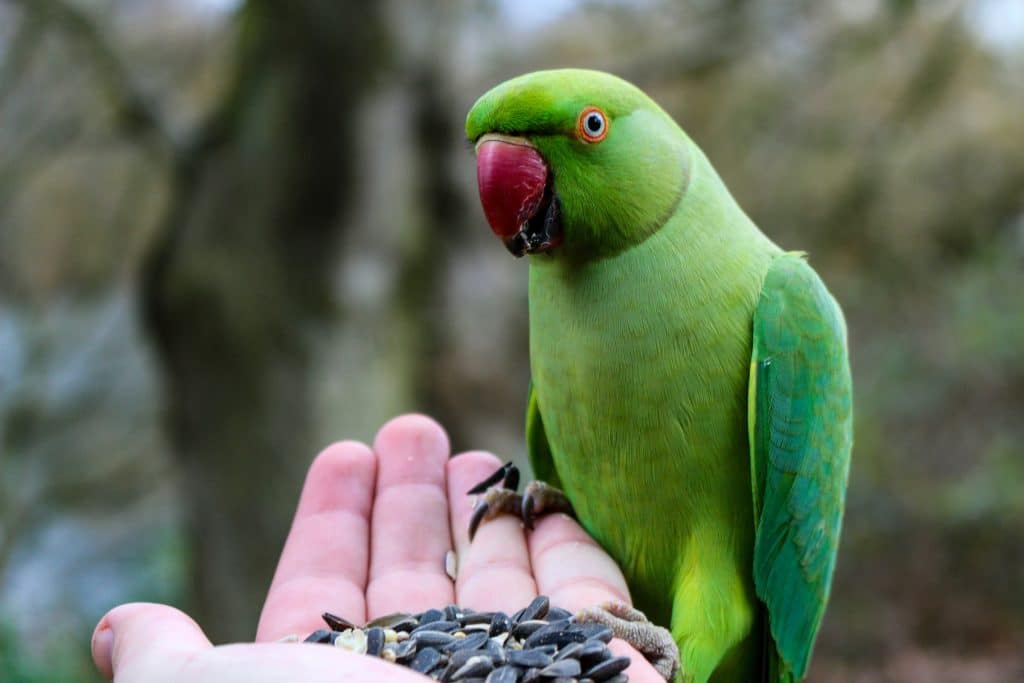
Now, did you know that other species of birds can also mimic human speech?
Some examples include:
Cockatoos (species of parrots)
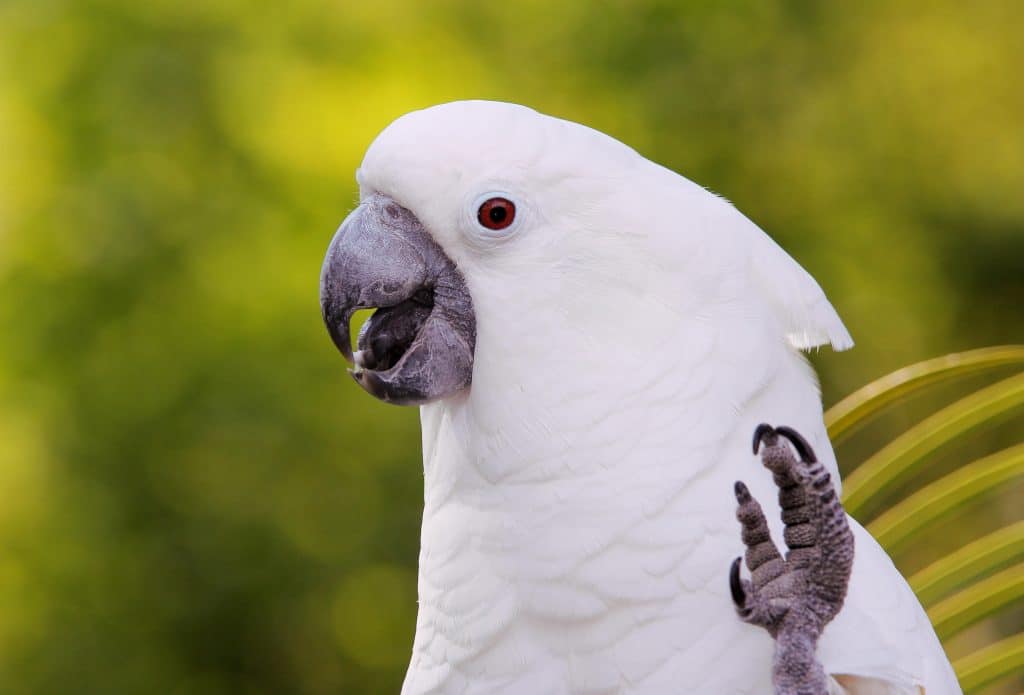
Gray catbird
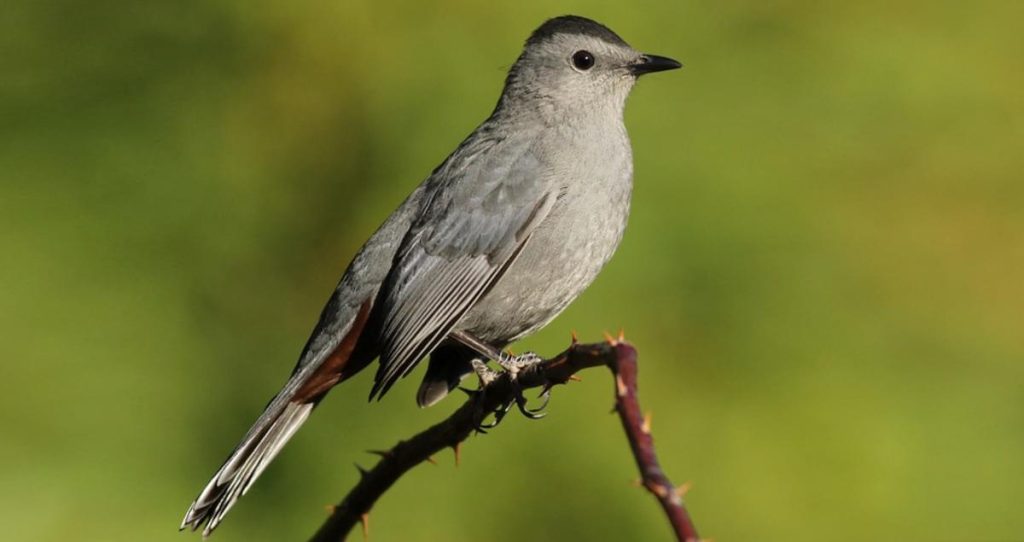
Lyrebirds
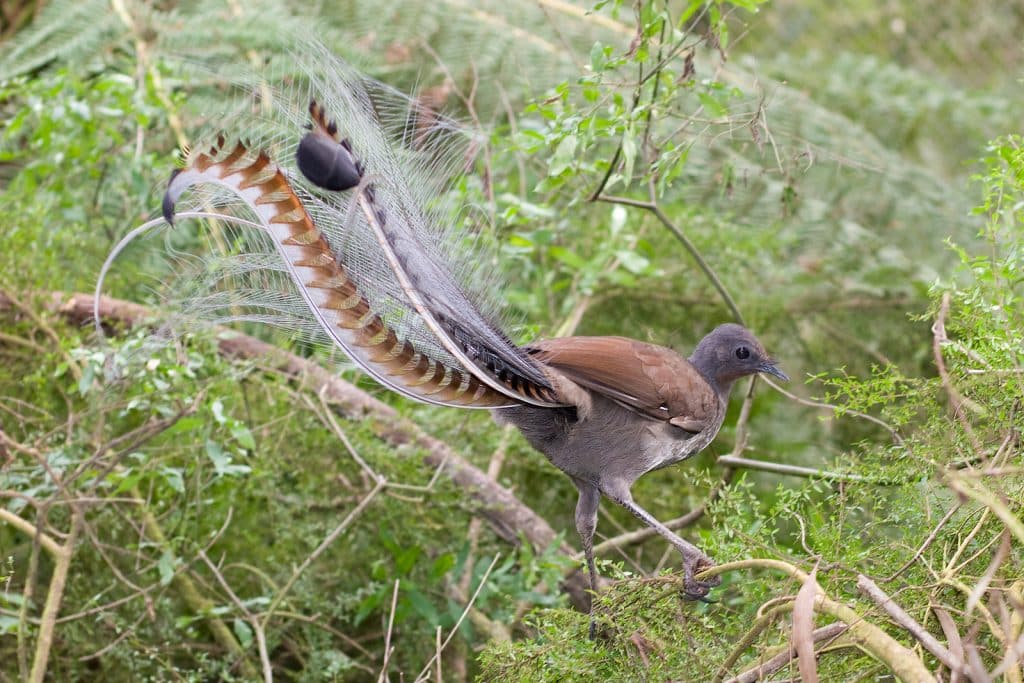
Mockingbirds
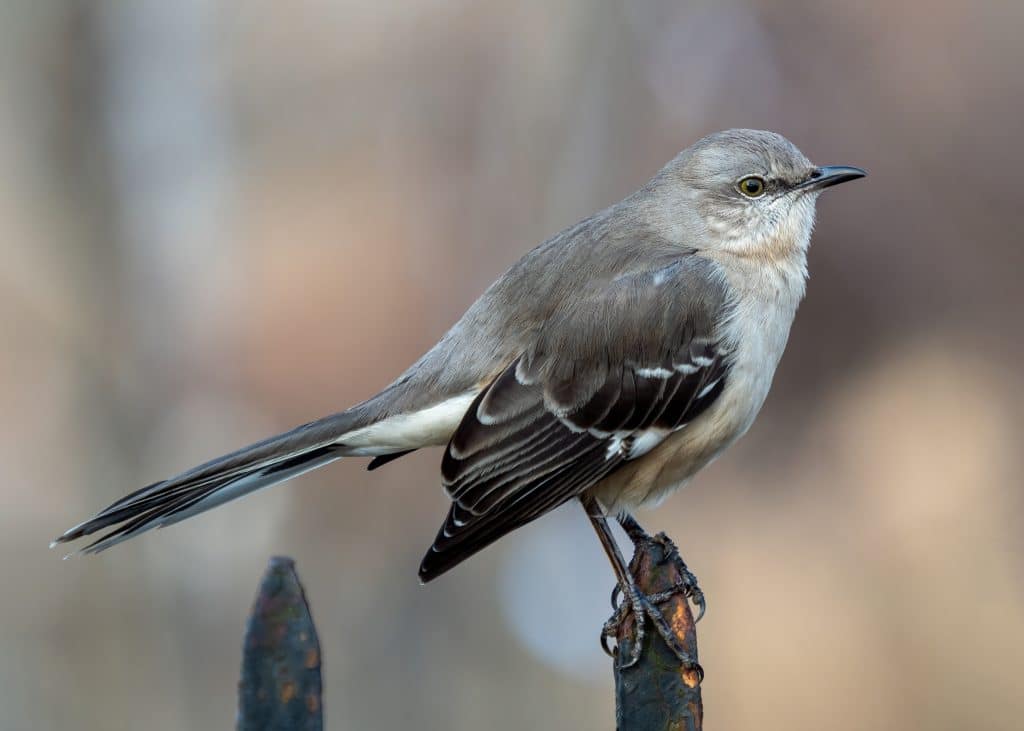
Myna birds
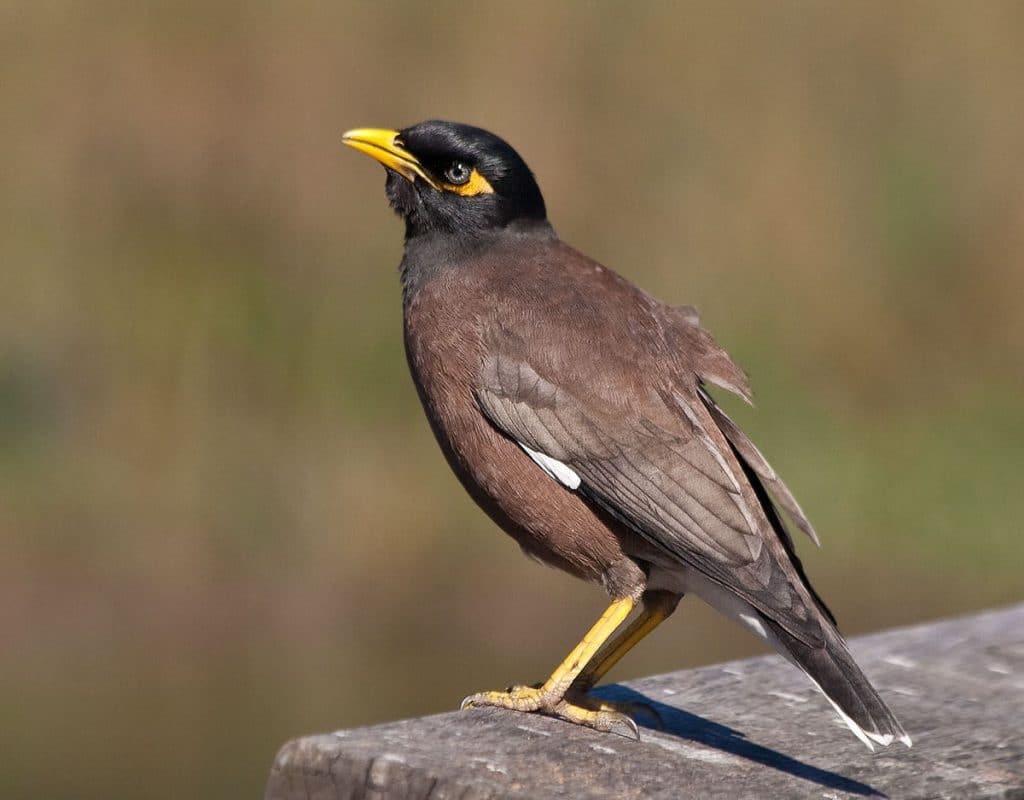
Ravens
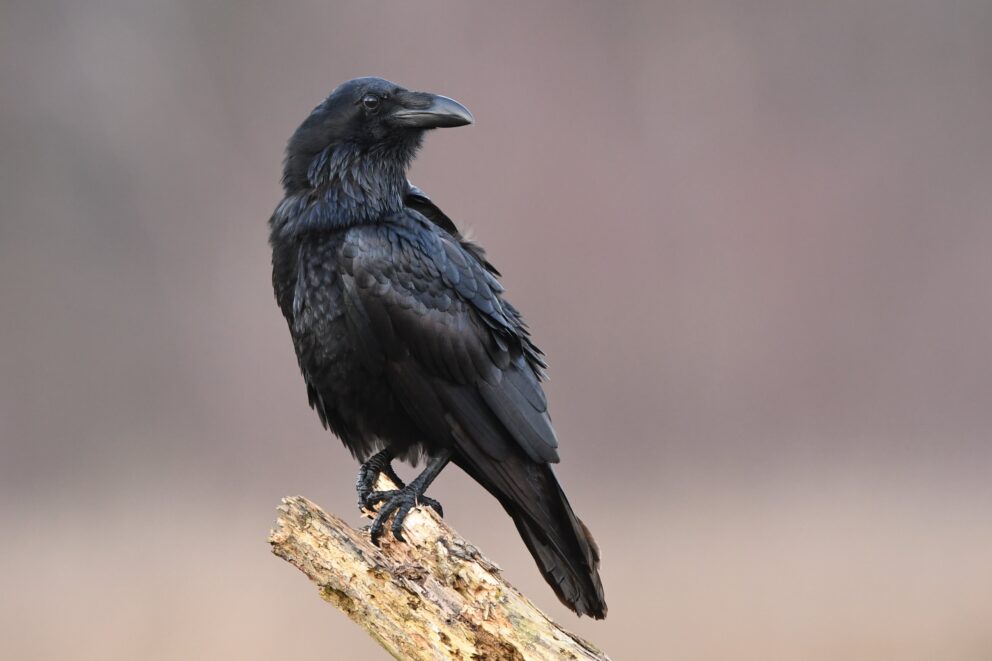
Sage thrashers

Starlings
